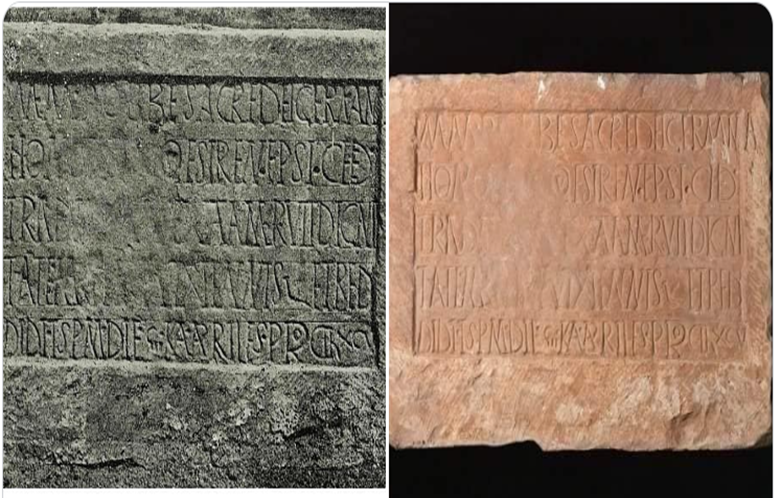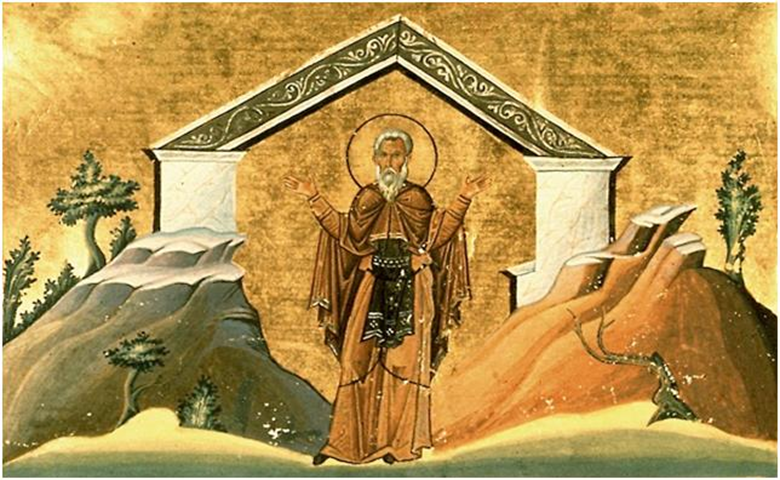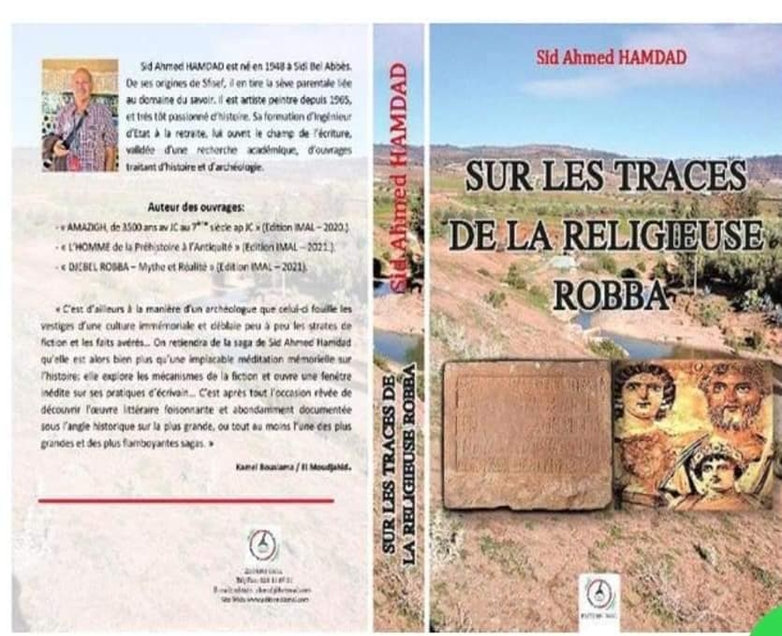Donatist cult – A little-known past in Algeria

Donatism (donatisumus), a religious and socio-political movement which gained many followers in the western part of North Africa, was severely repressed by the Roman Empire. Donatism refers to Donatus Magnus (or Donatus the Great), bishop of Cellae Nigrae in Numidia, who died around AD 355. Donatus, who opposed the appointment of Carthage as bishop in AD 307. -C., is at the origin of the schism which bears his name, Donatism, and which divided African Christians during the 4th century.
Excommunicated in 313 AD by Pope Miltiades and by the Council of Rome and then at the Council of Arles (314 AD), Donatus unleashed a civil war which devastated Africa under the reigns of Constantine . Donatist leaders always opposed Roman authority, allied with the official church.
Neither Rome nor the Romanized Berbers, allies of the empire of Bishop Saint Augustine, were able to extinguish the “innate and anti-colonialist flame of the Donatists”, of which Robba was the symbol. After his assassination, on March 25, 434, the Donatists elevated him to the dignity of Martyr. The Robba basilica symbolizes the greatness of this fighter. After the year 630, the majority of Donatist Christian Berbers embraced the Muslim religion.

Christianity was introduced to Algeria during the Roman era. Its influence experienced a certain decline during the Vandal invasions and strengthened during the Byzantine period, then tended to gradually disappear with the arrival of the Arabs in the 7th century.
Certain archaeological sites in Algeria, real places of memory, are still little-known, like the small rural town of Benian, in the Ghriss plain, 35 km from the capital of the wilaya of Mascara.
This locality contains one of the least known archaeological sites in North Africa, covering the period from the 2nd to the 5th centuries AD. More precisely, it is on the lands of the Chouaref douar that the remains are located of the famous basilica of Robba, as related by the French historian Charles André Julien (History of North Africa. From the origins to the Arab conquest). Basilica erected to the glory of Donatist dignitaries, including the nun Robba who marked her time with a “unifying and fundamentally anti-Roman” speech. The ancient Alamilliria, today Benian, refers to a thousand-man cavalry regiment sent from Caesarea (Cherchell) at the beginning of the 3rd century. He was responsible for fighting against the insecurity raging in the south of Caesarian Mauretania, it is widely accepted among historians. It was the most important stronghold of the military border which ran along the south, that is to say from Lalla Maghnia to Berrouaghia, via Tlemcen (Pomaria), Ouled Mimoun (Altava), Tenira (Kaput Tassacora) and Sig. A Berber-Roman city buried more than 2.50 m underground. Around this ancient city there are, to this day, ancient cemeteries; one of them is still called “Rouabas cemetery” by the locals.

Robba the rebel
The excavations carried out in 1898 by the archaeologist Stephan Gsell in Benian revealed, he said, the basilica erected in memory of Robba, assassinated on March 25, 434 AD by traditors, at the age 51 years old. “The latest excavations undertaken hastily and with little precaution by the APC of Benian have brought to light, a century after those of Gsell, the entrance to the vaults to the east and the silos to the west,” adds -he. In writings devoted to these remains, Gsell concluded that “these are African monuments which form the best part of the Christian museum of the Louvre (France). We sent there the inscription of our Donatist martyr (Robba), the epitaphs of Bishop Donatus and one of the capitals of the apse column.
In the region of Sfisef, near M'cid, (near Sidi Bel Abbes) there is a mound 80 m high in the middle of one of the most fertile plains of Orania. For years, this natural elevation has been called Djebel lalla Robba by the natives. A mound which attracts, through the shapes of its stones, the curiosity of visitors to the region. Parallelepiped in shape, large blocks of different sizes reaching up to 5 m in height distinguish the four slopes of this mound.
On the eastern slope, which is less steep, circular slabs delimited by stones of identical configuration are difficult to see. The mound has long been surrounded by legends. Legends reported from generation to generation. A relationship with the basilica of Alamilliria (Benian)? This is what some history buffs do not rule out. Especially since several Roman remains and cemeteries exist in the region and require archaeological research.

According to Dr. Driss, this site remains enigmatic and deserves special attention from archaeologists and historians. More concretely and by consulting the civil status, we see that the first name Robba is very common in the Sfisef region.
Azzedine. B
Bibliography:
Deeb, Mary Jane. “Religious minorities” Algeria (Country Study). Federal Research Division, Library of Congress; Helen Chapan Metz, ed. December 1993.
The Disappearance of Christianity from North Africa in the Wake of the Rise of Islam C. J. Speel, II Church History, Vol. 29, No. 4 (Dec., 1960)
Illustration: Epitaph of the Donatist martyr Robba, photographed on the site in 1899 – Photo by Stéphane Gsell

